What Are the Best Solar Batteries in 2024?
- What’s the best storage battery for solar panels?
- How do the best solar batteries rank?
- Why it’s worth considering the best battery for solar panels
Solar batteries are the answer to our energy storage prayers, allowing you to make use of any electricity generated during the day by your solar panels when you need it, without it having gone to waste. They work by storing converted sunlight energy for use when the sun has gone down, allowing you to effectively manage your own energy without relying on the grid.
All solar batteries come with a warranty and an expected shelf life. As batteries are used and recharged, they degrade, losing efficiency from when they were new and not holding as much charge. Everything has a shelf life, and usable components that need to be replaced shouldn’t be any cause to put you off getting the best solar battery.
In this article, we’ll take a look at the best solar batteries in the UK and how they compare, as well as important points to note about solar battery systems.
Looking for a solar battery? Use our quote comparison tool to see how much you'd pay. It only takes a minute.

What's On This Page?
Click the links below and head straight to a specific section of the article.
What to Look Out for When Shopping for Solar Power
When looking at the best solar batteries, there are many things to consider, such as the storage capacity, lifecycle, depth of discharge (DoD) and length of warranty. You need to think about your needs with your solar panel system and how a solar battery will benefit you.
It’s worth considering efficiency with the batteries, as well as the solar panels themselves. There is a difference of 40% in energy generated between the lowest and highest quality solar panels made in the last 20 years, so it makes sense to find the best battery for your solar array. Batteries not only help to provide free energy when you need it, but offer support during power outages.
Types of Solar Storage Battery
There are a few different ways to store solar power for home energy use. You can make use of lead-acid, lithium-ion or lithium-polymer batteries. Cost will always be a factor when it comes to purchasing solar storage systems, but it’s important to know the strengths and weaknesses of each type of battery.

Lithium-Ion
Perhaps the most popular and abundant type of storage battery on the market, lithium-ion batteries last a long time and can store more energy that you can make use of. They usually have a 10 year warranty but can be more expensive than other types.
Lithium-Polymer
Usually simply just a lithium-ion battery in a flexible casing, these can sometimes be lithium-ion polymer versions instead. The main difference with these is that they use a gel-like electrolyte instead of a liquid. Polymer storage batteries do cost more to manufacture, store less power and don’t last as long, but they are made to be flexible and robust.
Lead-Acid
Harnessing traditional energy storage methods, lead-acid batteries are incredibly cheap and reliable. They offer an easily recyclable system but come with the disadvantage of having low DoDs, which means they need to be charged more frequently. This also means that lead-acid solar storage only lasts between 5 and 10 years.
Solar Battery Storage Capacities
This is just a measure of the total amount of energy the solar battery can store in kilowatt hours. An average household will use about 10kWh of electricity a day, but this can easily fluctuate.
When looking for a solar battery, it’s important to bear in mind how much electricity your solar panels generate. Bigger capacity batteries are great, but they won’t be of any use if your system isn’t able to fully charge them. Likewise, smaller types of battery won’t be of much use to a busy household.
Solar storage systems come with all kinds of capacities, from as little as 1kWh and up to 13.5kWh, while some of the best solar batteries can have even more. It should be noted that the storage capacity isn’t a complete measure of how much usable electricity will be available. This is because a solar battery shouldn’t ever be fully depleted before it’s recharged. This is why they display a usable capacity.
In terms of storage capacity, Powervault makes the best solar batteries. The Powervault 3 has a maximum capacity of 24kWh.
The graph below shows the total capacity of the UK's energy storage, according to size in megawatts. There has been a big uptake in storage since a massive 442MW was added in 2018. While this looks mainly on big storage areas, it's expected that the UK needs at least 50GW of storage to reach net zero targets by 2050.
Lifecycles for Solar Batteries
A battery is a usable component and as such has a limited lifecycle. Just like how your mobile phone won’t keep its charge for so long after so many years, the same can be said for solar batteries. The differences in the best and worst solar storage systems are vast in terms of lifecycles as different materials offer varying shelf lives.
Solar panels can last around 30 years, so it’s important to find out which solar battery can potentially match this to get the most out of your solar array. Most storage systems are guaranteed for 6,000 recharges, but the best solar batteries in terms of recharges are made by Tesla, Generac and Enphase, which guarantee unlimited cycles in the span of 10 years under their warranties.
Newer solar storage systems are made of lithium-ion, which is more expensive, but it makes them last longer and increases their charging and discharging efficiency. Lead-acid versions are still available, purely for their cheap cost, but they will need to be replaced more frequently than their lithium-ion equivalents. A good lifecycle is crucial when looking for a battery for your solar panels.
Depth of Discharge (DoD)

The DoD refers to how much of the battery’s capacity can be safely used, without damaging it, before it needs to be recharged. The higher the percentage, the more energy you can use, and you’ll find higher percentages in the best solar batteries in the market. For example, a depth of discharge of 90% for a 4kWh battery gives you a usable 3.6kWh of home energy. If you use more before recharging, you’ll risk damaging the system.
Some of the best solar batteries on the market can offer up to 100% DoD, which means you can completely empty it before recharging. Weaker models, or ones made from inferior components, can’t be completely discharged or they won’t be able to recharge again.
Other Features for Solar Battery Systems
Being able to monitor your energy generation and storage through apps or software should be available so you’re able to keep an eye on how well your solar battery is performing. The best solar batteries enable you to see if it’s charging and how much power your solar panels are producing as well.
As far as features are concerned, the best solar batteries are made by Enphase. These come with a whole host of features to help you monitor and control your system.
Solar batteries can be scalable as well, meaning you can always have more than one at a time, if you can afford to. Smaller households should be fine with one solar battery, but larger households with a bigger energy consumption will require more than one at a time to make use of green energy.
For scalable power, the best solar batteries are made by Generac. The PWRcell can range from 6-36kWh output, depending on your needs.
EV Compatibility
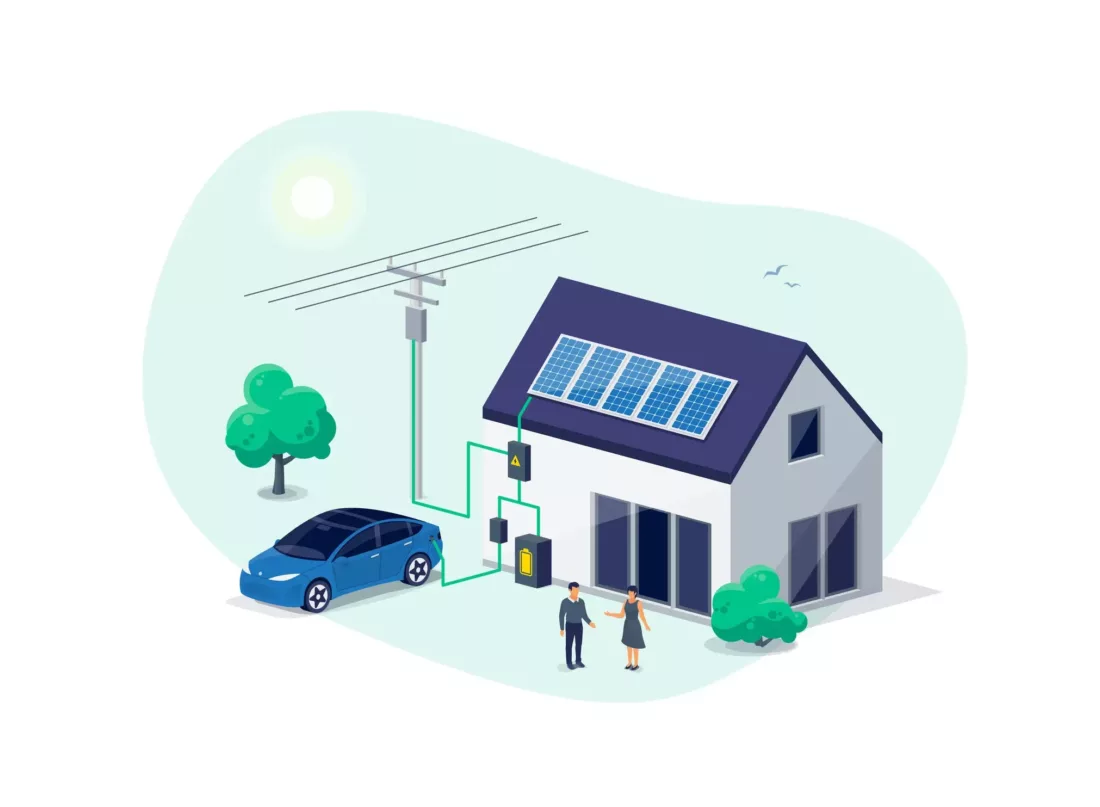
When thinking about how much solar power you’d need to store for home energy use, it’s also worth considering if you need even more energy to power your EV. If you have an electric vehicle, or are interested in getting one so you can make use of cheaper home charging, you should consider how much energy this will require on top of your household demand. Alternatively, you may wish to only use the collected energy for your EV if you’re doing a lot of miles.
An EV could add 2,800kWh a year to your household’s energy demand. On top of the average 3,100kWh already needed, this is a big factor to offset. There are ways of mitigating this, though, by charging at off-peak times and finding the right energy tariff. The best solar batteries can work with your solar panel system to capture as much energy as you need to charge your EV cleanly and reliably.
Some energy companies even offer EV specific tariffs for their solar customers. These will usually give you a few hours of cheaper energy to charge your EV overnight so you can then make use of stored energy in your solar battery when you need it.
Best Solar Batteries in the UK Ranked 2024
While we’ve put Tesla at the top spot of our best solar batteries list, it is largely subjective and depends on your individual needs. The Generac PWRcell can stack and have more usable storage capacity, but it doesn’t have a depth of discharge rate of 100%. Likewise, the Enphase Encharge has decent features and a great capacity, but the price is also a drawback compared to Tesla’s Powerwall.
Just because Duracell is at the bottom of our best solar batteries list, doesn’t mean it isn’t still a good system. In fact, it can cover the energy needs for a small household quite comfortably and is also scalable at a more affordable price.
Here's everything you need to know about getting a solar panel battery.
Related articles
View all Solar Panel articles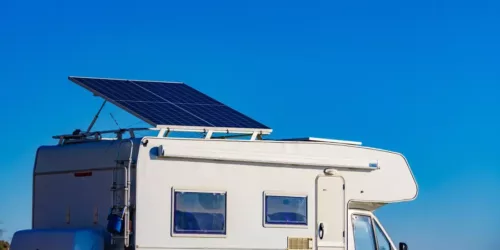
A Complete Guide to Caravan Solar Panels

Are Solar Panels Worth It in Wales?

Project Solar UK: Company Overview
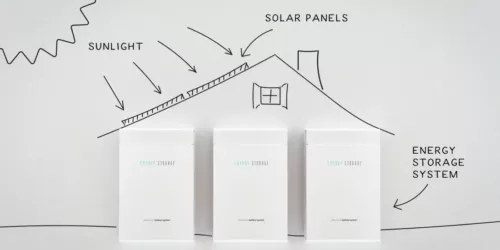
Battery Storage for Solar Panels Explained

Solar Panel Kits Explained - Everything You Need to Know
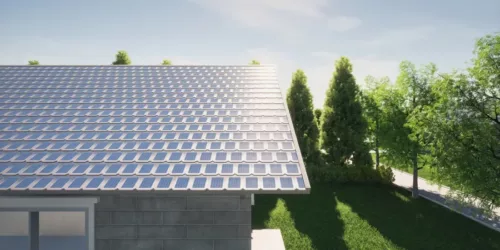
Are Solar Roofing Tiles Worth It?
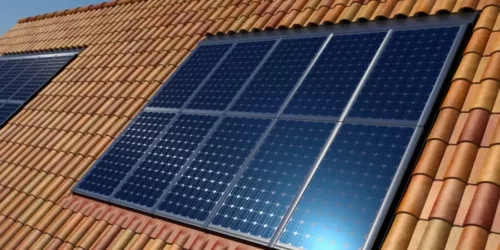
A Complete Guide to Roof Integrated Solar Panels







